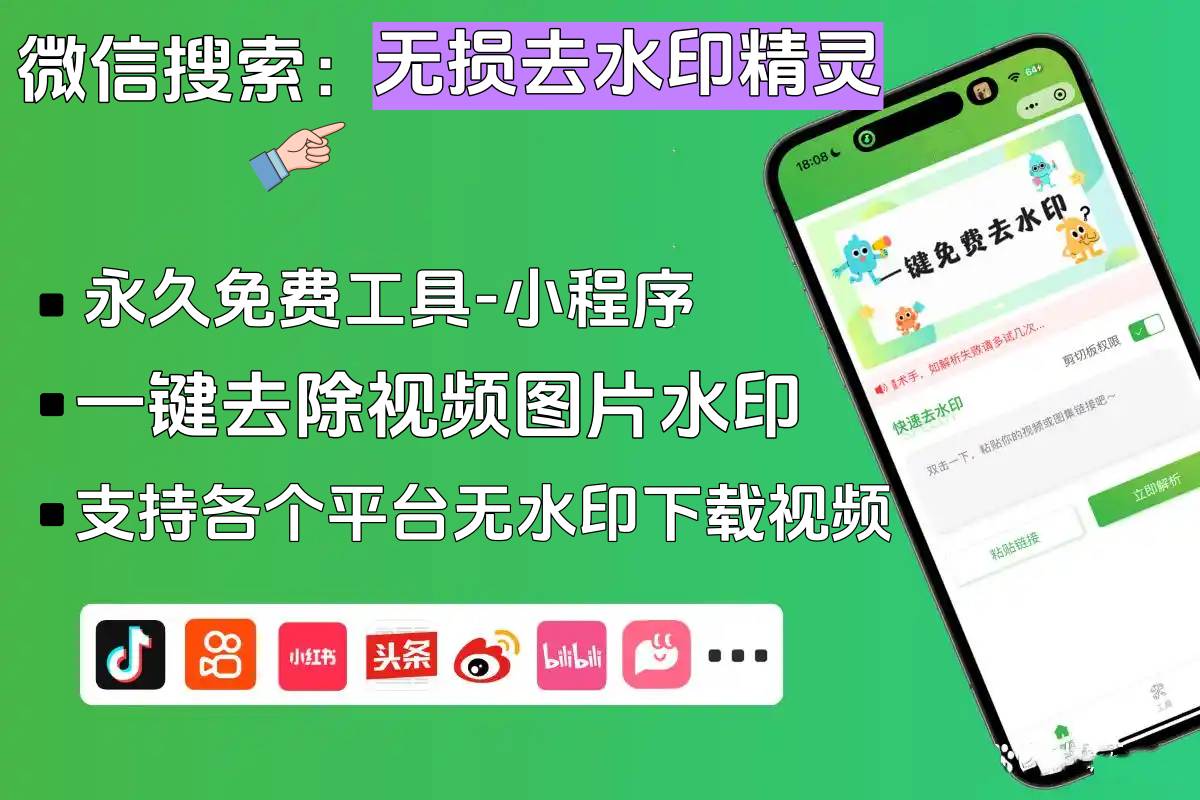如何eclipse編寫一個簡單實用的登陸界面
//服務器端代碼
importjava.awt.FlowLayout;
importjava.io.DataInputStream;
importjava.io.DataOutputStream;
importjava.io.IOException;
importjava.net.ServerSocket;
importjava.net.Socket;
importjava.util.ArrayList;
importjava.util.Collection;
importjava.util.Iterator;
importjavax.swing.JFrame;
importjavax.swing.JScrollPane;
importjavax.swing.JTextArea;
publicclassQLServerextendsJFrame{
publicJTextAreajtextarea=null;
publicvoidlanuchFrame(Stringstr){
this.setName(str);
init();
}
privatevoidinit(){
setLayout(newFlowLayout());
jtextarea=newJTextArea(20,17);
jtextarea.setLineWrap(true);
jtextarea.setEditable(false);
this.getContentPane().add(newJScrollPane(jtextarea));
setVisible(true);
setDefaultCloseOperation(JFrame.EXIT_ON_CLOSE);
setSize(200,400);
setLocationRelativeTo(null);
setResizable(false);
}
ServerSocketserver=null;
CollectioncClients=newArrayList<ClientConn>();//加個泛型
publicvoidstartServer()throwsIOException{
while(true){
Sockets=server.accept();
cClients.add(newClientConn(s));
jtextarea.append("newclientlogin"+s.getInetAddress()+":"+s.getPort()+"\n");
}
}
publicQLServer(intport,Stringstr)throwsIOException{
server=newServerSocket(port);
lanuchFrame(str);
}
classClientConnimplementsRunnable
{
Sockets=null;
publicClientConn(Sockets)
{
this.s=s;
(newThread(this)).start();
}
publicvoidsend(Stringstr)throwsIOException
{
DataOutputStreamdos=newDataOutputStream(s.getOutputStream());
dos.writeUTF(str);
}
publicvoiddispose()//客戶端下線
{
try{
if(s!=null)s.close();
cClients.remove(this);
jtextarea.append("Aclientout!\n");
jtextarea.append("clientcount:"+cClients.size()+"\n\n");
}
catch(Exceptione)
{
e.printStackTrace();
}
}
publicvoidrun()
{
try{
DataInputStreamdis=newDataInputStream(s.getInputStream());
Stringstr=dis.readUTF();
while(str!=null&&str.length()!=0)
{
System.out.println(str);
for(Iteratorit=cClients.iterator();it.hasNext();)
{
ClientConncc=(ClientConn)it.next();
if(this!=cc)
{
cc.send(str+""+s.getInetAddress().getHostName());
}
}
str=dis.readUTF();//少了這句話會無限輸出
//send(str);
}
this.dispose();
}
catch(Exceptione)
{
this.dispose();
}
}
}
publicstaticvoidmain(String[]args){
try{
QLServerqlserver=newQLServer(8888,"QLServer");
qlserver.startServer();
}catch(IOExceptione){
e.printStackTrace();
}
}
}importjava.awt.FlowLayout;
importjava.awt.event.ActionEvent;
importjava.awt.event.ActionListener;
importjava.io.BufferedReader;
importjava.io.DataInputStream;
importjava.io.DataOutputStream;
importjava.io.IOException;
importjava.io.InputStreamReader;
importjava.net.InetAddress;
importjava.net.Socket;
importjavax.swing.JButton;
importjavax.swing.JFrame;
importjavax.swing.JScrollPane;
importjavax.swing.JTextArea;
//客戶端代碼
publicclassQLClientextendsJFrameimplementsActionListener{
publicJTextAreajtextarea1=null;
publicJTextAreajtextarea2=null;
publicJButtonbutton=null;
Sockets=null;
publicvoidlaunchFrame(Stringstr){
this.setName(str);
init();
}
publicQLClient(Stringstr)throwsIOException{
launchFrame(str);
s=newSocket("127.0.0.1",8888);//哪臺電腦做服務器,IP地址改成那臺機子的IP
(newThread(newServeConn())).start();
}
privatevoidinit(){
setLayout(newFlowLayout());
jtextarea1=newJTextArea(17,16);
jtextarea2=newJTextArea(4,16);
jtextarea1.setLineWrap(true);
jtextarea1.setEditable(false);
jtextarea2.setLineWrap(true);
button=newJButton("發送");
button.addActionListener(this);//綁定button事件
this.getContentPane().add(newJScrollPane(jtextarea1));
this.getContentPane().add(newJScrollPane(jtextarea2));
add(button);
setVisible(true);
setDefaultCloseOperation(JFrame.EXIT_ON_CLOSE);
setSize(200,470);
setLocationRelativeTo(null);
setResizable(false);
}
publicvoidsend(Stringstr)throwsIOException{
DataOutputStreamdos=newDataOutputStream(s.getOutputStream());
dos.writeUTF(str);
}
publicvoidactionPerformed(ActionEvente){
if(e.getSource()==button){
StringsendStr=jtextarea2.getText();
if(sendStr.trim().length()==0){
return;
}
try{
this.send(sendStr);
jtextarea2.setText("");
InetAddressa;
a=InetAddress.getLocalHost();
Stringhostname=a.getHostName();
jtextarea1.append(sendStr+"("+hostname+")"+"\n");
}catch(IOExceptione1){
//TODOAuto-generatedcatchblock
e1.printStackTrace();
}
}
}
classServeConnimplementsRunnable{
publicvoidrun(){
if(s==null)return;
try{
DataInputStreamdis=newDataInputStream(s.getInputStream());
Stringstr=dis.readUTF();
while(str!=null&&str.length()!=0)
{
//System.out.println(str);
QLClient.this.jtextarea1.append(str+"\n");//內部類用外類中的變量或方法加外類名
str=dis.readUTF();
}
}
catch(Exceptione)
{
e.printStackTrace();
}
}
}
//main主函數入口
publicstaticvoidmain(String[]args)throwsIOException{
BufferedReaderbr=newBufferedReader(newInputStreamReader(System.in));
QLClientqlclient=newQLClient("QLClient");
Stringstr=br.readLine();
while(str!=null&&str.length()!=0){
qlclient.send(str);
str=br.readLine();//防止死循環
}
qlclient.s.close();
}
}
fileinputstream文件不存在
應該輸入文件的路徑不正確,所以找不到。
datainputstream可以讀取什么文件
DataInputStream是Java中的輸入流,它可以從字節流中讀取基本數據類型(如int,double等)和字符串等。因此,DataInputStream可以讀取任何二進制文件。
但是,需要注意的是,使用DataInputStream讀取文件時,需要先使用相應的輸出流(比如DataOutputStream)將數據寫入文件,并在讀取時按照相同的順序讀取數據。如果讀取順序不正確,可能會導致數據解析錯誤或讀取失敗。
另外,對于文本文件,建議使用其他類型的輸入流(如BufferedReader),因為它們提供了更高級的文本文件讀取功能,比使用DataInputStream更方便和安全。
如何使用Hadoop的DistributedCache
操作步驟:1.將數據的分發到每個節點上:DistributedCache.addCacheFile(newURI("hdfs://cloud01:9000/user/hadoop/mrinput/ST.txt"),conf);注意,此操作一定要在創建Job,將conf傳遞給Job之前進行,否則數據文件的路徑不會被Mapper中取到。2.在每個Mapper中獲取文件URI,再進行相關操作:URI[]uris=DistributedCache.getCacheFiles(context.getConfiguration());比如讀取該文件:FileSystemfs=FileSystem.get(URI.create("hdfs://cloud01:9000"),context.getConfiguration());FSDataInputStreamin=null;in=fs.open(newPath(uris[0].getPath()));BufferedReaderbr=newBufferedReader(newInputStreamReader(in));hadoop中的DistributedCache2WordCount.javaHadoop的分布式緩存機制使得一個job的所有map或reduce可以訪問同一份文件。在任務提交后,hadoop將由-files和-archive選項指定的文件復制到HDFS上(JobTracker的文件系統)。在任務運行前,TaskTracker從JobTracker文件系統復制文件到本地磁盤作為緩存,這樣任務就可以訪問這些文件。對于job來說,它并不關心文件是從哪兒來的。在使用DistributedCache時,對于本地化文件的訪問,通常使用SymbolicLink來訪問,這樣更方便。通過URIhdfs://namenode/test/input/file1#myfile指定的文件在當前工作目錄中被符號鏈接為myfile。這樣job里面可直接通過myfile來訪問文件,而不用關心該文件在本地的具體路徑。
ByteArrayInputStream能轉換成FileInputStream么
1、將File、FileInputStream轉換為byte數組:Filefile=newFile("file.txt");InputStreaminput=newFileInputStream(file);byte[]byt=newbyte[input.available()];input.read(byt);
2、將byte數組轉換為InputStream:byte[]byt=newbyte[1024];InputStreaminput=newByteArrayInputStream(byt);
3、將byte數組轉換為File:Filefile=newFile('');OutputStreamoutput=newFileOutputStream(file);BufferedOutputStreambufferedOutput=newBufferedOutputStream(output);bufferedOutput.write(byt);
FileInputStream和BufferedInputStream read()的區別
FileInputStream是字節流,BufferedInputStream是字節緩沖流,使用BufferedInputStream讀資源比FileInputStream讀取資源的效率高(BufferedInputStream的read方法會讀取盡可能多的字節),且FileInputStream對象的read方法會出現阻塞;
在FileInputStream里有一個說明是說此方法將阻塞,意思就是說在你讀一個文件輸入流的時候,當讀到某個位置的時候,如果做一些其他處理(比如說接受一部分字節做一些處理等等)這個時候輸入流在什么位置就是什么位置,不會繼續往下讀,而BufferedInputStream雖然也有一個read方法,但是從名字就可以看出,它帶有一個緩沖區,它是一個非阻塞的方法,在你讀到某個位置的時候,做一些處理的時候,輸入流可能還會繼續讀入字節,這樣就達到了緩沖的效果。
對于性能要求不高的時候,用哪個都無所謂,但是如果有性能要求,建議還是用BufferedInputStream。






